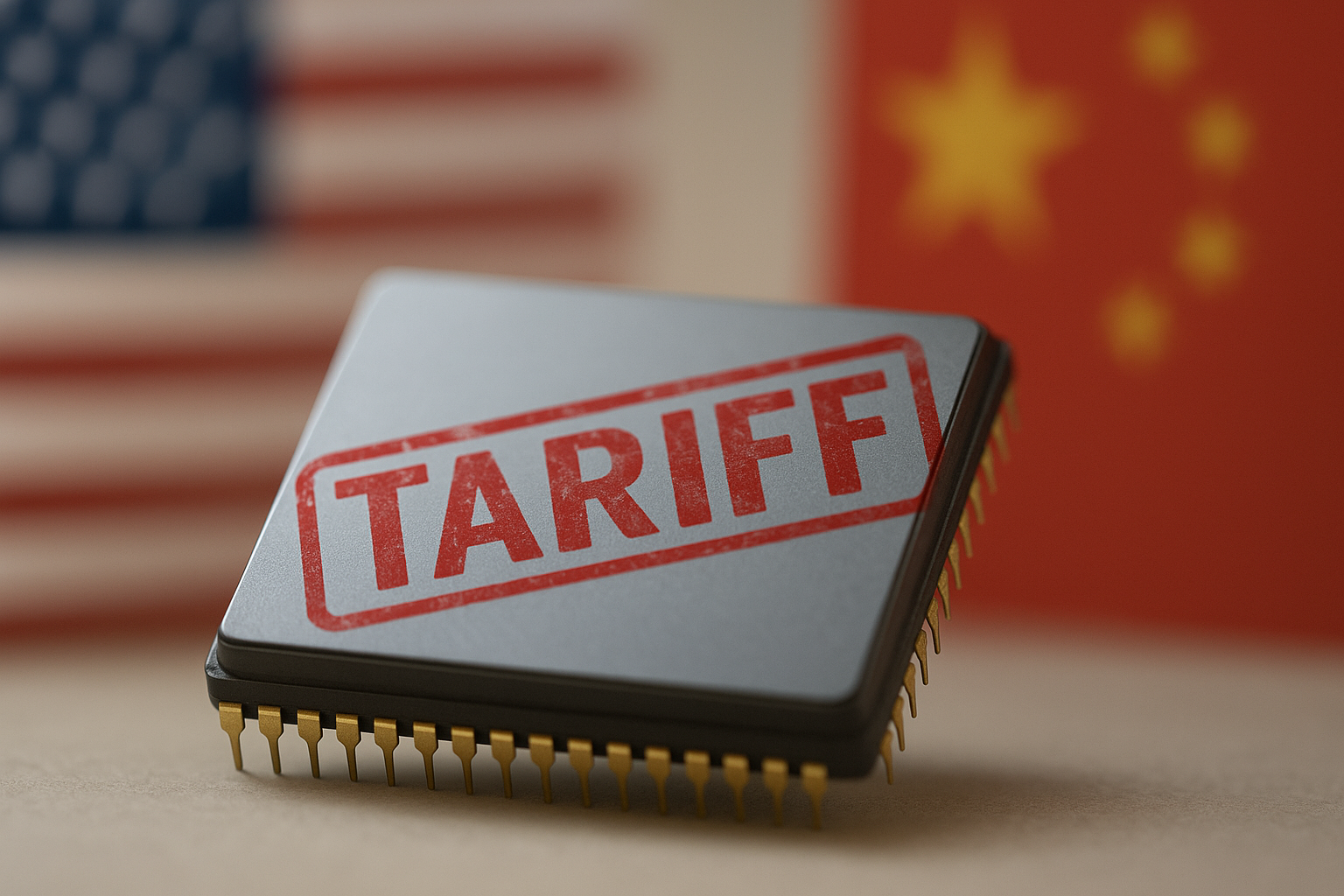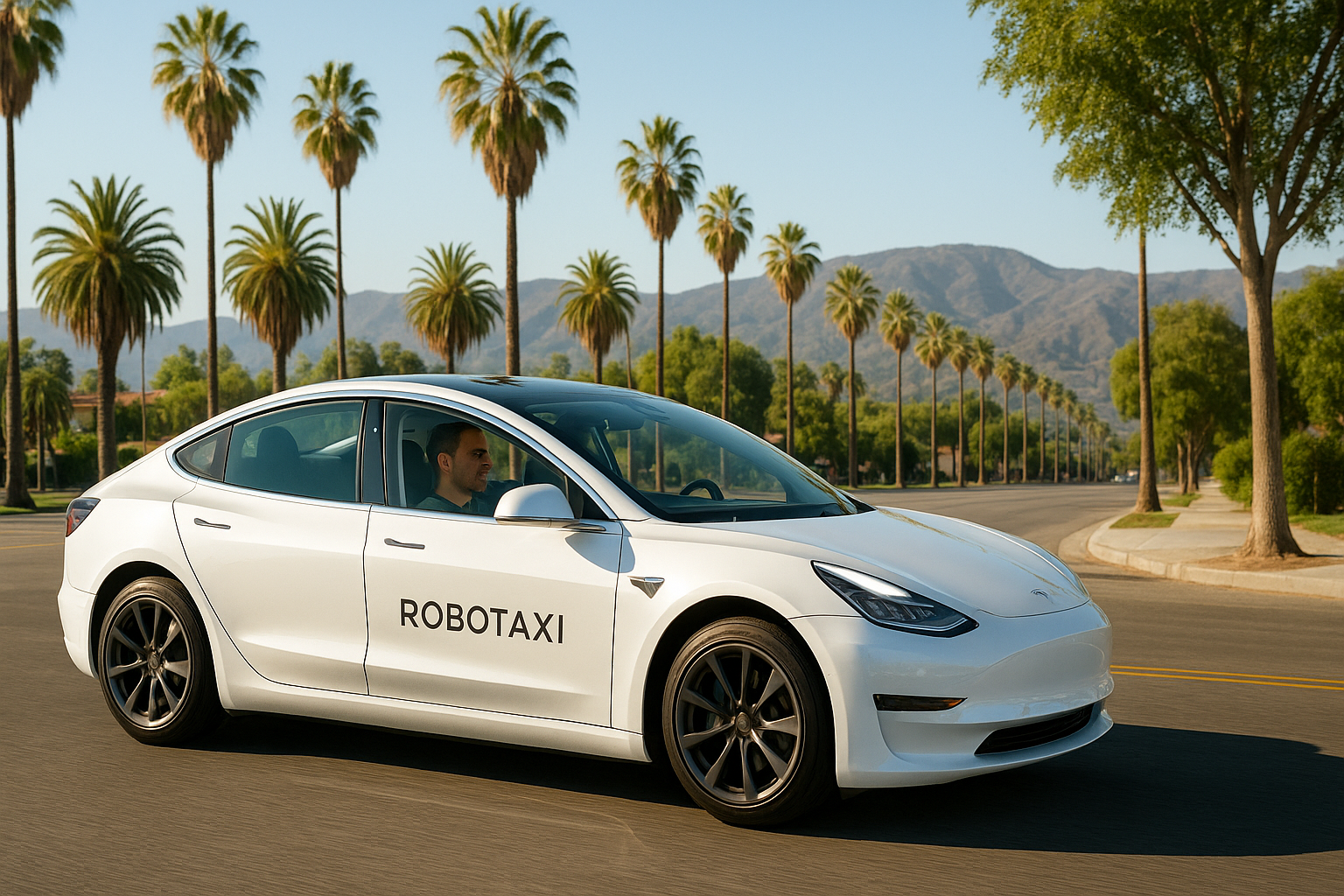In what can only be described as the financial world's version of a suspense thriller, President Trump has once again pulled his signature move from the negotiating playbook. You know the one—threaten something outrageous, then graciously back off... for now.
The EU just got a breather from what would've been tariff Armageddon—a threatened 50% hike that's been pushed from June 1 to July 9. Six whole weeks! How generous.
European markets celebrated Monday with a 1% jump, while Americans flipped burgers and ignored the whole mess during Memorial Day festivities. Classic timing, really.
Look, we've seen this movie before. Trump threatens the unthinkable (and 50% tariffs would be exactly that—economic catastrophe territory), then positions himself to look reasonable when he eventually "compromises" on something like the rumored 10% baseline tariff instead.
When Ursula von der Leyen talks about moving "quickly and decisively" in negotiations, what she's really saying is, "Please don't hurt us too badly, sir." I've covered enough of these diplomatic dance routines to recognize the subtle language of panic.
The truly fascinating bit? Markets still react to this stuff! You'd think after years of Trump's tariff theatrics, traders would've developed antibodies. Nope. Each episode of "To Tariff or Not To Tariff" sends ripples through global markets—proof that even the fanciest algorithms can't quite capture the nuance of political theater.
There's something bigger happening here than just EU-US trade squabbles. Trade negotiations have morphed from tedious, decade-long technical discussions (snooze) into dramatic reality TV complete with cliffhangers and commercial breaks. Winners and losers clearly defined for the viewing audience at home.
Meanwhile, the Brits are sitting pretty. The pound surged to its highest level since early 2022, suggesting the UK is enjoying its post-Brexit status as spectator rather than participant in this particular drama. Sometimes the best position is on the sidelines, popcorn in hand.
And in a completely unrelated but somehow perfectly timed market move, Bitcoin's hovering near $110,000, approaching all-time highs. There's a certain poetry to cryptocurrency—literally designed to dodge governmental control—thriving during heightened governmental trade meddling. The market, apparently, appreciates irony.
Speaking of which... Apple shares dropped 3% after Trump threatened tariffs on foreign-made smartphones. Samsung, meanwhile, edged up nearly 1% in South Korean trading. Seems the market believes that in smartphone tariff wars, the company making phones in China (Apple) has more to lose than the one manufacturing in Vietnam and South Korea (Samsung). Economists have a technical term for this observation: "duh."
Over in China, BYD slashed prices on multiple models and promptly watched its shares nosedive 8.6% in Hong Kong. Nothing spooks investors quite like a price war. The EV market is learning what airlines have known forever—competing primarily on price ensures nobody makes money. Like, ever.
I've developed what I call an "Anxiety Transfer Theory" after years watching these interconnected market moves. Financial anxiety, much like energy in physics, can't be created or destroyed—it just changes form and location. As tariff anxiety temporarily cools in Europe, it heats up in smartphone supply chains and Chinese EVs. The total market anxiety remains constant; it just bounces around like that fruitcake nobody wants at Christmas.
For investors? Don't waste time trying to predict Trump's next tariff move. That's fool's gold. Instead, recognize the pattern and position accordingly. Markets overreact downward when threats escalate and bounce back—often too far—when threats recede.
What happens by July 9? Your guess is as good as mine. Maybe even better. Trump himself might not know yet. But we'll all be watching because, honestly, who doesn't love a good cliffhanger?




